
Atrial Fibrillation and the Alarming Risk of Stroke Recurrence: What Can Be Done to Prevent It?
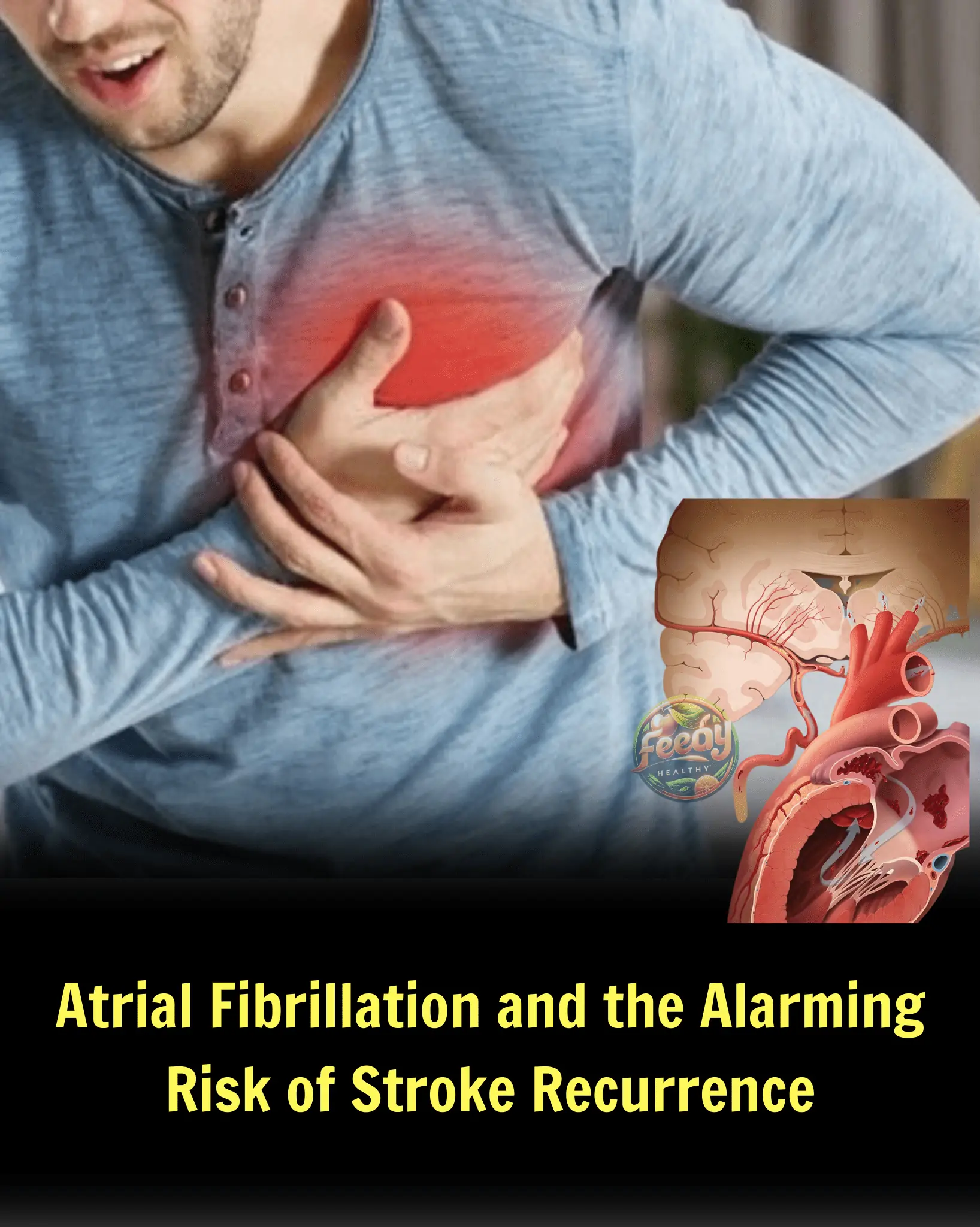
Atrial fibrillation (AF), a common heart rhythm disorder, is a major risk factor for stroke. A recent large-scale study published in the renowned journal JAMA Neurology highlights the alarming rate of stroke recurrence among AF patients, even in the age of advanced medical treatments.
🚨 Stroke Recurrence in AF Patients: A Growing Concern
Researchers analyzed data from 23 studies involving more than 78,000 patients and found that the annual risk of recurrent ischemic stroke in individuals with AF after a first stroke is 3.75%.
For those already on oral anticoagulants (OACs) who still experienced a stroke, the recurrence rate rose sharply to 7.2% per year. This means that even with preventive treatment, 1 in 6 AF patients could suffer another stroke within five years.
The study also reported a risk of intracranial bleeding, with an overall annual rate of 0.58%, rising to 1.4% in patients who were on anticoagulants and still had a recurrence.
💡 What Needs to Be Done?
These findings reveal that preventing stroke recurrence in AF patients remains a major challenge. Despite medical progress and improved access to therapy, the risk is still significant, requiring greater vigilance and more targeted care.
Key actions include:
-
In-depth research into the underlying mechanisms of stroke recurrence—even in patients who are receiving treatment
-
Personalized risk assessment tailored to each patient’s condition
-
Development of more effective therapies post-stroke in AF patients
⚠️ Managing Additional Risk Factors
Beyond AF itself, the presence of coexisting health conditions significantly increases the likelihood of stroke. These include:
-
High blood pressure
-
Diabetes
-
High cholesterol
-
Obesity
Tight control of these conditions can reduce recurrence risk considerably.
🧬 Lifestyle Changes That Matter
Preventive care should also include lifestyle adjustments:
-
Avoid smoking
-
Limit alcohol intake
-
Eat a balanced diet rich in vegetables and fruits
-
Engage in regular physical activity suitable to one’s health status
These changes help maintain a healthy heart and brain, further reducing stroke risk.
🧠 Recognize Stroke Symptoms Early
Awareness of stroke warning signs—like sudden numbness, confusion, dizziness, or difficulty speaking—is vital. Timely medical attention can drastically improve recovery outcomes.
News in the same category


Why Are COVID-19 Cases Rising Again in India — and Should You Be Concerned?
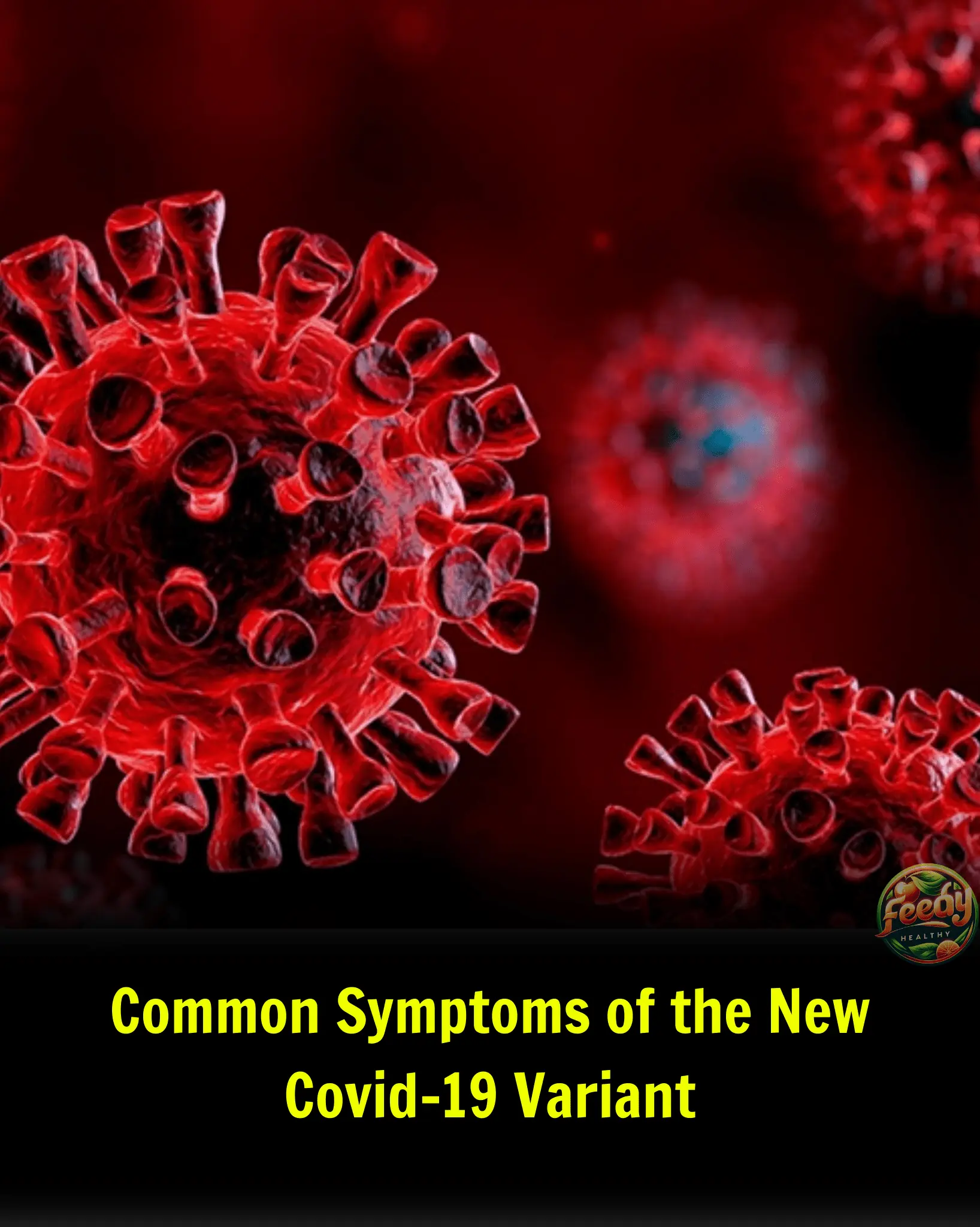
Common Symptoms of the New Covid-19 Variant

The HEALTHIEST FRUIT on Earth: what happens to your body if you eat just 3 a day
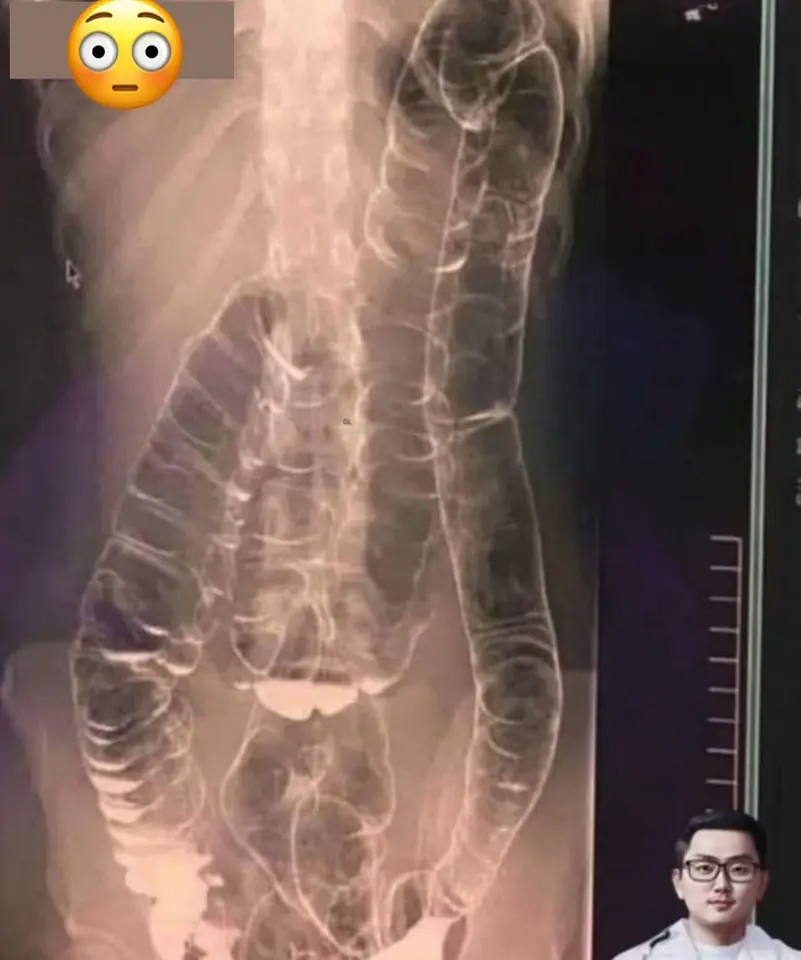
Everything you need to know about chronic constipation: A hidden threat to your digestive health

The Powerful Avocado Seed, Cinnamon & Turmeric Tea: Health in Every Sip

Don’t Ignore These 5 Life-Saving Health Checks—They Could Detect Cancer Before It’s Too Late

"A Natural Doctor Sent by God Replaced My Pills with This Drink – And My Diabetes, Poor Circulation, Cholesterol, High Blood Pressure, and Swollen Legs Vanished!"

Never store your cooked rice without knowing this
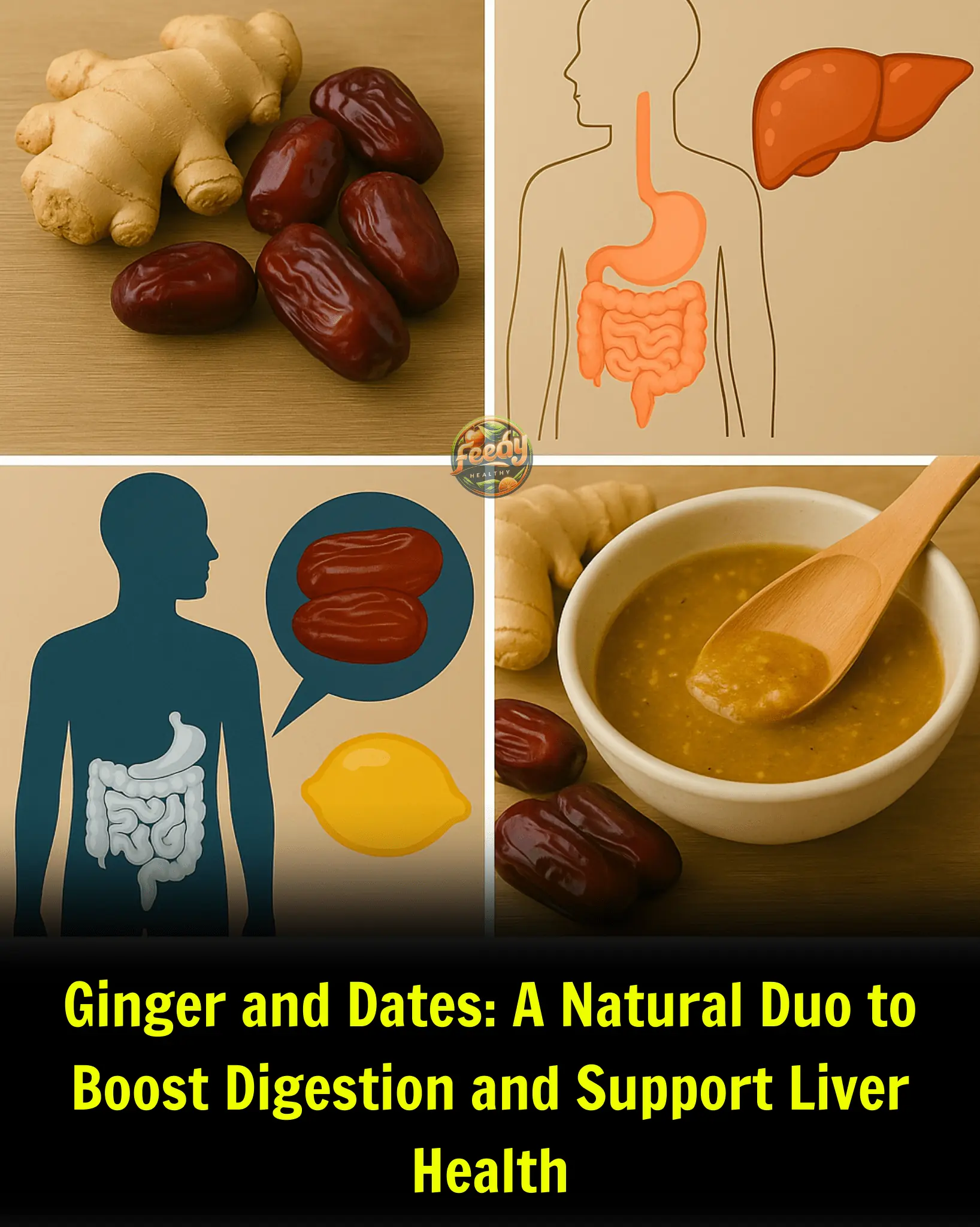
Enhancing Digestion and Liver Health with Ginger and Dates

Should You Drink Water On An Empty Stomach When You Wake Up In The Morning?

Cleanse Your Liver and Veins Naturally in 3 Days!

Discover the Power of Miracle Seeds for Heart Health

The Natural Remedy Big Pharma Didn’t Want Dr. Frank Suárez to Reveal — A Powerful Formula for Cancer, Diabetes, High Blood Pressure, Cholesterol, and Heart Attack Prevention

🌿 The Natural Drink That Transformed My Dad’s Life — A Doctor's Recommendation
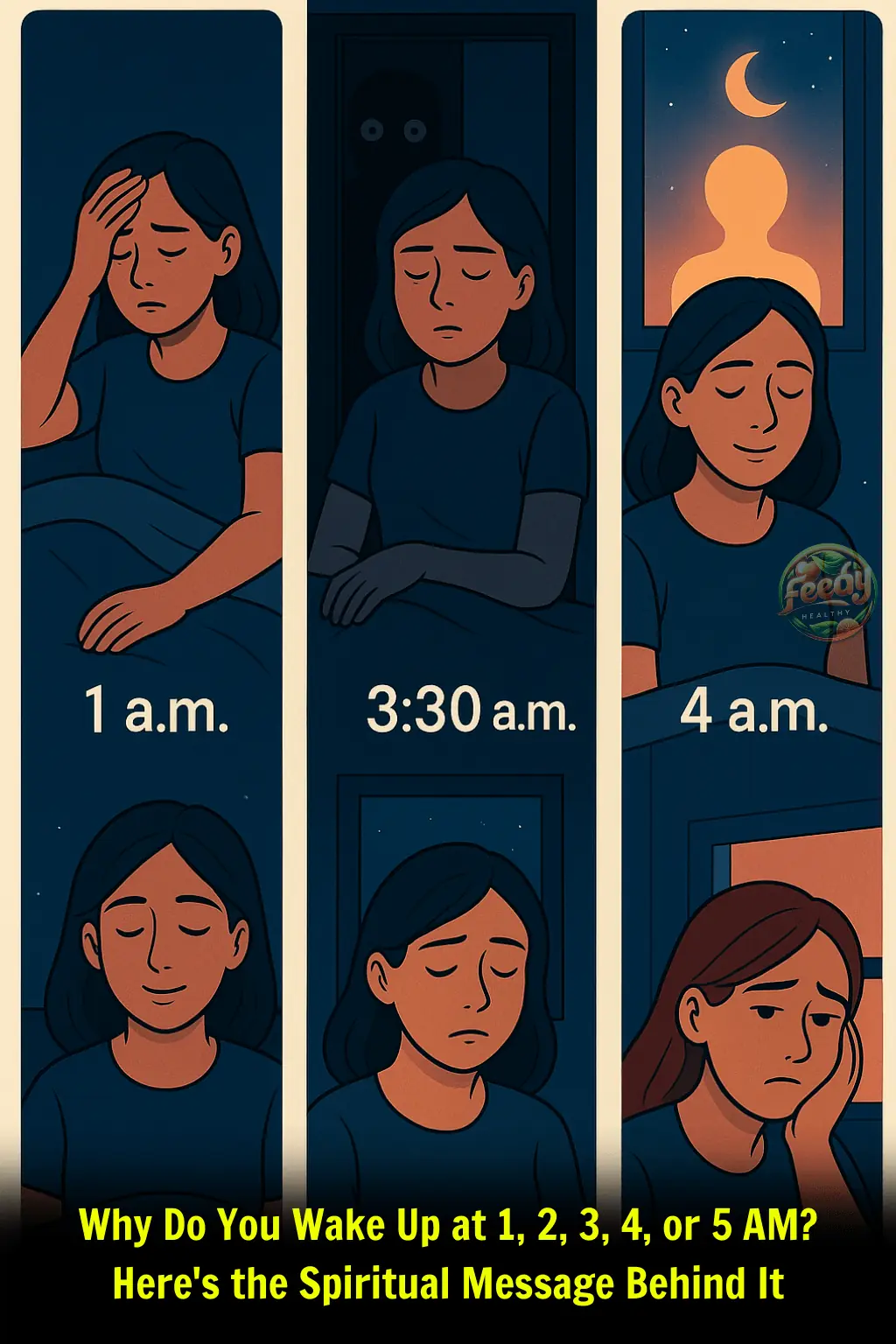
Why Do You Wake Up at 1, 2, 3, 4, or 5 AM? Here's the Spiritual Message Behind It
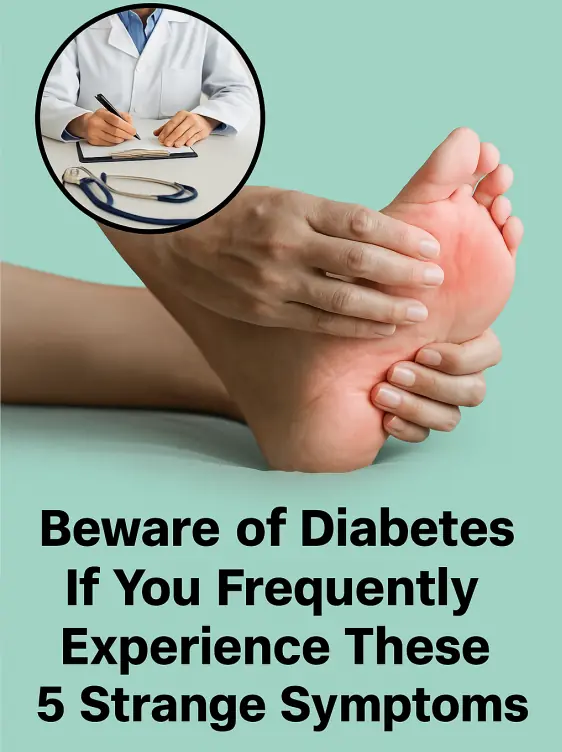
Early signs of diabetes many fail to notice

The Drink That Lowers Triglycerides, Reduces Blood Sugar, and Deflates the Belly

This Natural Drink Transformed My Mother’s Health After 30 Years
News Post

What Are 'Ozempic Teeth'? Understanding the New Side Effect of the Popular Weight-Loss Drug

DIY Rice Cream for Glowing Skin – Anti Aging Cream

Why Are COVID-19 Cases Rising Again in India — and Should You Be Concerned?

Common Symptoms of the New Covid-19 Variant

Add these tablets in your oil, no hair fall and fast hair growth

Vitamin E Benefits For Hair

Super Drink for Weight Loss: Lose Weight in Just 21 Days

The HEALTHIEST FRUIT on Earth: what happens to your body if you eat just 3 a day

Everything you need to know about chronic constipation: A hidden threat to your digestive health

5 Countries Making It Harder for Americans to Live and Work Abroad

Chilling last words of trainer ripped apart by ‘psychotic’ killer whales

Revitalize your skin with this rice gel

How To Use Aloe Vera for Beautiful Skin

Animal lover finds squirrel with giant tooth, brings him home and gives him a new opportunity – thank you

The Powerful Avocado Seed, Cinnamon & Turmeric Tea: Health in Every Sip

10 Benefits to Drinking Warm Water (No Lemon Required)

Don’t Ignore These 5 Life-Saving Health Checks—They Could Detect Cancer Before It’s Too Late

"A Natural Doctor Sent by God Replaced My Pills with This Drink – And My Diabetes, Poor Circulation, Cholesterol, High Blood Pressure, and Swollen Legs Vanished!"
